What goes through your head when you look at contemporary art? Standing in front of, say, Damien Hirst's shark in formaldehyde ("Is this art or taxidermy?"), Tracey Emin's bed ("Anybody could do that"), Jeff Koon's giant balloon-like poodles ("Kitsch," or "preemptive kitsch," as one critic called them) or Takashi Murakami's superflat, supercolorful creations ("Cute . . . and kitsch").
None of these works, or artists, will be on show at the inaugural Parasophia, Kyoto's first foray into staging a major international contemporary arts festival, but that's a good thing. First, let's return to that question of what goes through a viewer's head when he or she looks at a piece of art. Parasophia artistic director Shinji Kohmoto wants to avoid the age-old canard of what actually constitutes art. Instead, he wants to focus on the cultural aspect.
"For Parasophia it's not necessary to discuss whether it is art or not," he tells The Japan Times. Rather than the subject, he adds, the focus should be on the cultural productions of our age. That's why the event is officially called Parasophia: Kyoto International Festival of Contemporary Culture 2015.



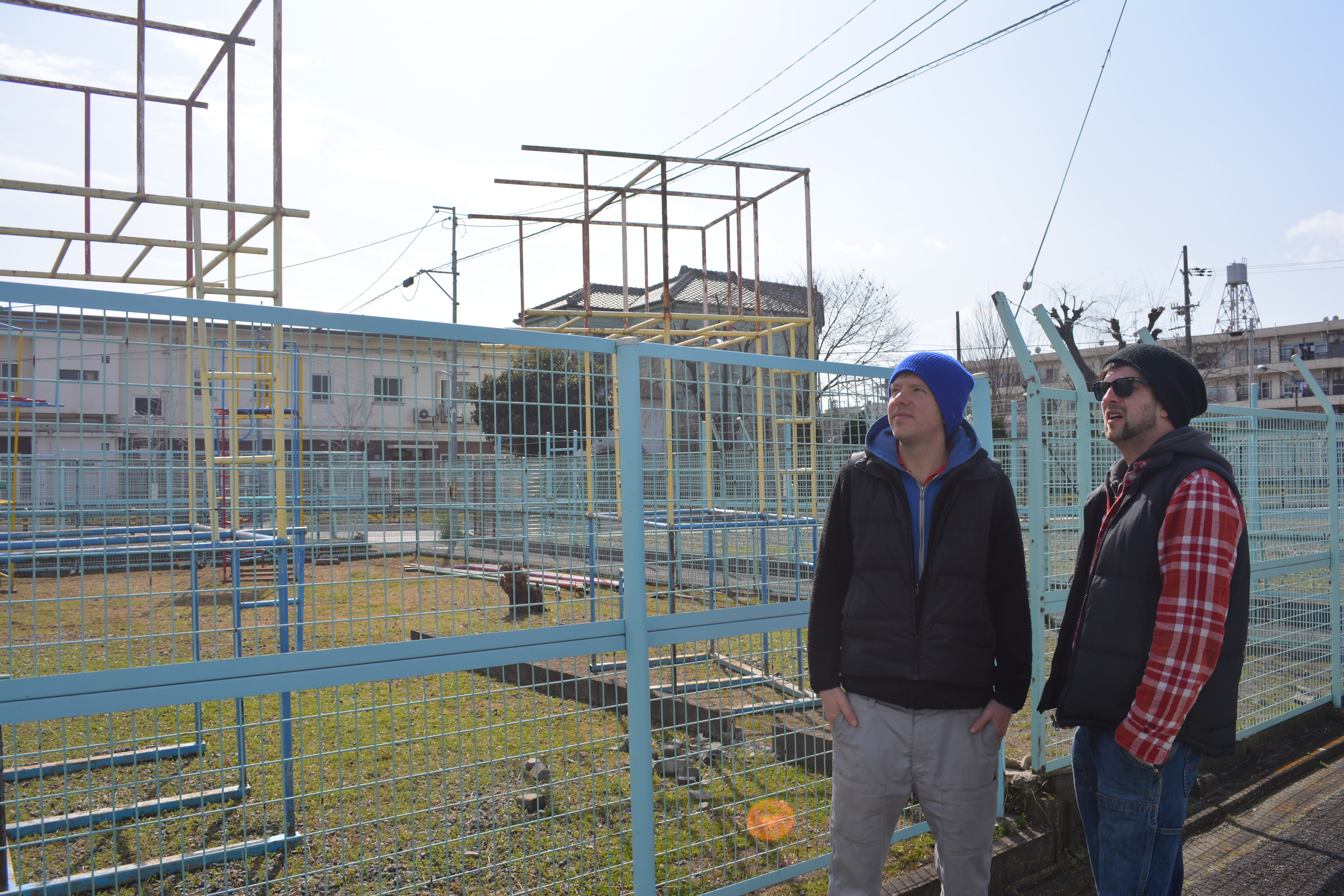

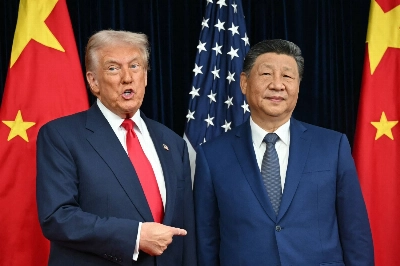
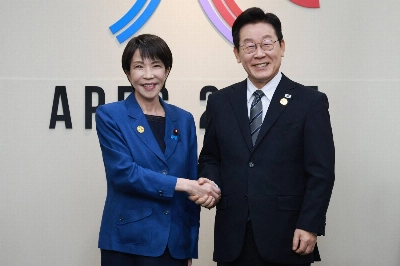

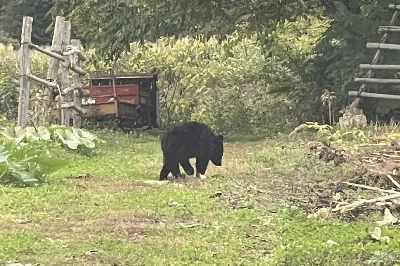




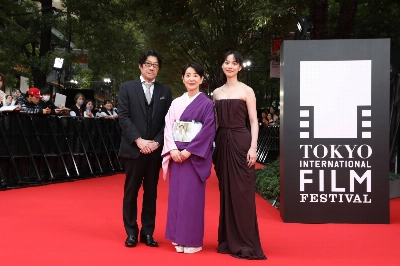




With your current subscription plan you can comment on stories. However, before writing your first comment, please create a display name in the Profile section of your subscriber account page.